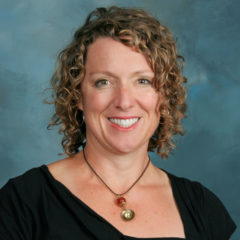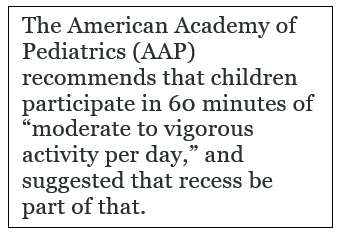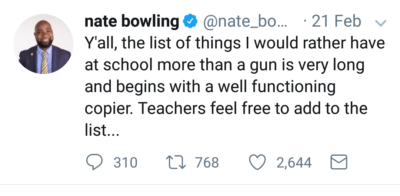It is hard to sleep.
Often preparation, at this point, feels futile.
Changing schedules can feel as stressful as examinations.
Young students who love school often don’t want to go to school.
Teachers learn to hope and to let go.
This is hard on teachers too.
And administrators.
Administrative calendars fill with colors. From March 5th to June 8th thousands of Washington students (as students all over the country) will take ELA, Math, Science exams, re-take exams, take make up exams, all during school days, in libraries, spare rooms, classrooms, headphones and computers must be found and provided, pencils provided, tools provided, time provided, proctors trained, proctors reminded, schedules changed, altered, and developed to both provide the lowest impact to a school and honor the time and intensity of the test takers.
A bumper sticker reads: a child is more than a test score. When Graduation is on the line it is hard to remember that a child is more than a test score.
As a Washington state student you want to be in the 2500 range for math and for English.
For Washington state:
In grades 3-8, students take tests in ELA, math, and science for federal accountability.
In high school, students take tests in ELA, math, and science for federal accountability.
For some students the exam is not stressful. The calendar change is not stressful. They will cruise through this, like a subway commuter. We are all happy for them.
From May 7th to May 18th hundreds of Washington students will take AP exams—a different exam offered each day, all offering the possibility for college credit.
It will be hard to sleep.
Last night I listened to Naomi Shihab Nye talk about books and the importance of voice for everyone across the world, but especially for children. Among the many inspiring and thoughtful things she said, was a story about one of her own essays that was used for a state standardized exam and how a reporter smuggled that section of the exam (essay and questions) out and showed them to her. She said she could only be certain of the answer for 3 of 10 questions about her own essay.
Ms Shiab Nye also mentioned that, though hailing from Texas, Washington State’s motto is her favorite. The motto is Al-ki, Chinook Jargon (a native pidgin trading language of the PNW) meaning “by and by.”
This is my new mantra for testing season, by and by. Presently, be present, as things will happen, things will pass, students will succeed, students will fail, and by and by we will proceed with school, with all sorts of tests, and with our lives.




 First of all, we need a lot more
First of all, we need a lot more  I’m currently struggling with such a dilemma. Our district is strenghtening its retention policy to discourage a rapid uptick in junior high students with failing grades. The majority of district staff believe that if our policy has more “teeth,” if we actually retain more students, then others will work harder. This issue strikes a very harsh chord with me, and it’s personal.
I’m currently struggling with such a dilemma. Our district is strenghtening its retention policy to discourage a rapid uptick in junior high students with failing grades. The majority of district staff believe that if our policy has more “teeth,” if we actually retain more students, then others will work harder. This issue strikes a very harsh chord with me, and it’s personal. I teach middle school in the upper reaches of NE Washington. In our district, let’s just say there are a certain number of families where the belief is that Scientific Theories are “just theories…” and “scientist are always changing their minds on stuff – why should we believe in them at all?” Both of these widely held and openly expressed sentiments are easily corrected in my classroom with lessons on the definition of scientific theory and the nature of science being that of change. Yet, with the words, “My grandpa says you’re a liar. There is no climate change – it is just the weather,” blurted out from a freckle-faced middle-schooler ringing in my mind, it does not always feel a real easy space and place for the exploration of evolution, carbon footprints, and the beginning of a Universe based on physics.
I teach middle school in the upper reaches of NE Washington. In our district, let’s just say there are a certain number of families where the belief is that Scientific Theories are “just theories…” and “scientist are always changing their minds on stuff – why should we believe in them at all?” Both of these widely held and openly expressed sentiments are easily corrected in my classroom with lessons on the definition of scientific theory and the nature of science being that of change. Yet, with the words, “My grandpa says you’re a liar. There is no climate change – it is just the weather,” blurted out from a freckle-faced middle-schooler ringing in my mind, it does not always feel a real easy space and place for the exploration of evolution, carbon footprints, and the beginning of a Universe based on physics.




 In my
In my